Indiadens is one of the best and leading dental clinics in Delhi NCR, India. Here, the focus on preventive care is given as much importance as the treatment of the existing disease/problem. We treat our patients with utmost care and comfort and during the treatment educate all our patients regarding the best oral hygiene practices for them.
BRUSHING
Technique of Brushing
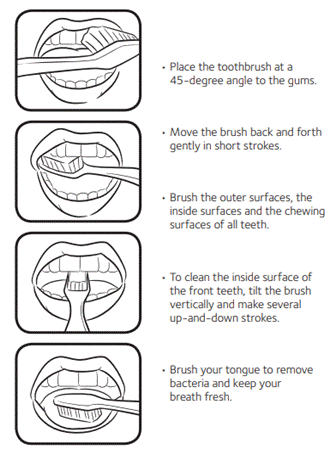
- Outside Of The Teeth – angle your brush at a 45-degree angle and place it partly on the teeth and partly on the gum line.
- Inside Of The Teeth – move the brush to the inside surface of your teeth, while keeping the brush at a 45-degree angle to clean the teeth and gum line.
- Chewing Surfaces – brush the chewing surfaces of your teeth while holding the toothbrush flat against them and moving in and out with the brush.
- Extra: Clean Your Tongue – Use any extra time you have to clean the bacteria off your tongue, which often appears as a white buildup. This will help keep your breath smelling fresh.
Make sure not to brush too hard to avoid damaging your gums. The back areas of your mouth can be notoriously more difficult to reach with the brush, so spending a little extra time brushing those areas will make sure that your mouth is perfectly clean.
Frequency of brushing
Brushing your teeth is an important part of your dental care routine. For a healthy mouth and smile, you should:
- Brush your teeth gently twice a day with a soft-bristled toothbrush. The size and shape of your brush should fit your mouth allowing you to reach all areas easily.
- Replace your toothbrush every three or four months, or sooner if the bristles are frayed. A worn toothbrush won’t do a good job of cleaning your teeth.
Type of brush to use
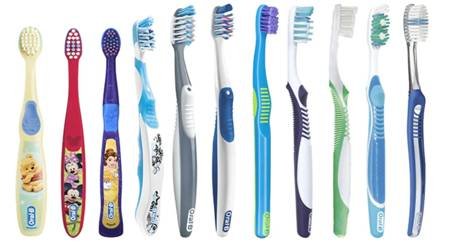
For a reliable manual toothbrush, we recommend you find a brush that has soft bristles and a small brush head. The soft bristles are more gentle on the gums while being more effective at penetrating the areas between the teeth for any hard to reach food particles or bacteria. As for the small brush head, it makes it easier for you to reach the teeth in the back of your mouth for a more complete brushing. Electric toothbrushes are also great alternatives with the ability to clear away more plaque than your traditional toothbrush.
Advantages of electronic brush
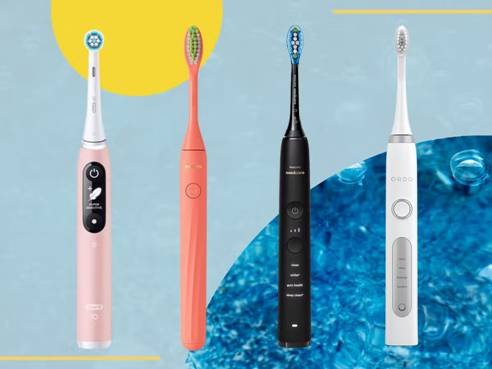
- Potentially more effective at removing plaque than manual brushes– Power toothbrushes have brush heads that vibrate or rotate to enhance the removal of plaque. Studies have shown that rotating heads work better than vibrating brushing heads.
- Built-in timers– When using a manual brush, it’s harder to get the exact timing of 2 minutes. Many electric toothbrushes have minute timers and alert you with a pulse. This is great for getting the optimum brushing time during your oral health routine.
- Pressure sensor to care for teeth and gums– Some models have built-in pressure sensors to alert you when you are brushing too hard. If you brush too hard, it can affect your gum health and cause irritation.
- Ideal for people with limited dexterity– Many people suffer from certain hand and wrist issues, for example, arthritis, Carpal Tunnel Syndrome or other disabilities. Using a manual brush may contribute to more stress in this area. An electric toothbrush allows such individuals with limited mobility to brush correctly as it does most of the work for you.
- Encourage good oral habits in kids – Getting a child to brush their teeth can be a challenging task. However, with an electric toothbrush, it might be a little easier. This type of toothbrush is more engaging than a manual one, and there are lots of kids’ electric toothbrushes to make the process more fun. Some examples include toothbrushes that sound a tune while brushing to encourage optimum brushing time. While others have soft bristles, so it feels more comfortable on their teeth.
- Consistent Power Delivery– With a power toothbrush, you get the same motion throughout the brush (unless it’s near battery depletion). The average electric toothbrush delivers around 30,000 bristles movements a minute, while this is not possible for a manual brush.
- Less waste generation in the long term– Many manual toothbrushes are thrown away after use, and most are made with plastics, which are detrimental to the environment. Since it is recommended you change your toothbrush around every three months, it can mean an individual buys approximately four toothbrushes a year and throws them in the bin after use.
With an electric toothbrush, the heads can be changed without discarding the entire body of the toothbrush. It is a small change compared to disposing of a whole toothbrush, but it is a positive one nonetheless. The main body and battery of an electric toothbrush also last an average of 3-5 years. - Different brush heads for different results– Some electric toothbrush heads are ideal for whitening effects, while others have rotating modes to get a deep clean. Some heads are also perfect for those with sensitive teeth, and others have specialized surfaces for brushing your tongue.
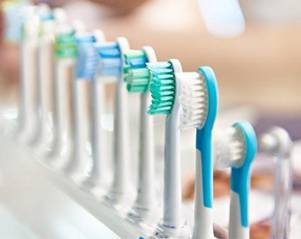
There are lots of benefits of using an electric toothbrush over a manual one. Plus, you’ll find lots of suitable options to incorporate into your oral health routine. The more advanced electric toothbrushes now have everything from Bluetooth connectivity and smart features to timers and oscillating heads. It can be challenging to pick the best toothbrush for your needs, but researching the features and ensuring it fits your needs is essential. Electric toothbrushes are also available in a range of different price brackets, so everyone can find the perfect option to get a good brush.
How to choose the best toothpaste?
When you’re looking for a toothpaste, you’ll find there are various claims about cavity protection, whitening, plaque, sensitivity, tartar and breath-freshening. For the best protection, find a toothpaste with at least 1,000 parts per million fluoride. Everything else is a matter of personal preference. It boils down to how well the toothpaste cleans your teeth, what brushing technique you use and how fresh it makes your mouth feel.
MOUTHWASH / MOUTHRINSE
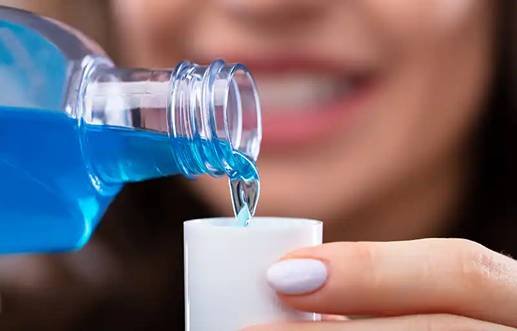
Pros and Cons of Mouthwash
Pros of Mouthwash
There are many benefits to using mouthwash as part of your daily oral health regime including:
- Additional cleaning: Mouthwash can get to the debris left behind after brushing and flossing. The liquid flows around and between your teeth, helping to flush out your mouth more thoroughly.
- Healthy gums: Brushing does not remove all the harmful bacteria, which can then be left to build up and cause irritation and inflammation of your gums. This can develop into serious periodontal disease. Mouthwash can help kill those bacteria for healthier gums.
- Healthier teeth: Antibacterial mouthwash can kill bacteria to help prevent tooth decay.
- Fresh breath: A quick rinse after eating strong foods like onions or garlic can help keep your breath fresh.
- Strengthen enamel: Some mouthwashes contain enamel-strengthening ingredients which will help keep your teeth more resistant to decay.
Cons of Mouthwash
Despite the benefits of mouthwash, there are also some cons to consider including:
- Irritation: For some people, alcohol produces an unpleasant burning effect, which can slow the healing of ulcers and canker sores.
- Cosmetic solution for bad breath: Bad breath is masked by mouthwash, which does not assist in fighting the cause. If you suffer from halitosis (a medical condition causing severe bad breath), it is best to speak to your dentist to find a more permanent solution.
- Tooth staining: Certain mouthwashes contain heavy dyes that can stain your teeth.
- Salt: Mouthwashes containing sodium lauryl sulphate are a source of sodium. For those on a low sodium diet, this can be problematic if the mouthwash is swallowed.
- Killing good bacteria: Good bacteria? Yes, they exist in places such as your digestive system, but also in your mouth and act as a natural defence to fight pathogens. When you use mouthwashes that are considered “antiseptic” or “antibacterial”, they kill bacteria indiscriminately. This means they are killing both the good and bad bacteria in your mouth. This could reduce the effectiveness of your natural ability to fight pathogens and lessen your immunity.
What is the frequency of using mouthwash? Or How often to use mouthwash?
Mouthwash is not a replacement for brushing and flossing. It is also not necessary to use mouthwash to keep your mouth clean. Most mouthwash products recommend that you use them twice per day, after brushing and flossing.
Which is the best mouthwash?
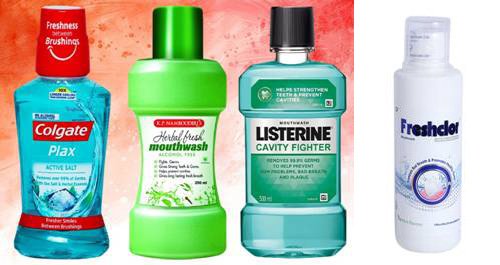
If you want an all-round mouth-rinse, we recommend the Freshclor Mint mouthwash or Oral B Complete Lasting Freshness mouthwash.
We generally recommend a fluoride-containing, alcohol-free mouthwash for people with a history of developing cavities or for those at high risk of developing cavities in the future. For example, Colgate Plax MaxFresh mouthwash.
For people with gum-related issues (gingivitis), an anti-plaque or anti-gingivitis rinse such as Listerine zero-alcohol mouthwash could be used.
There are times when we would prescribe a more specific, tailored mouthwash for high-risk clients or post-surgery. If you feel you might fall in this category, consult us on your next visit to Indiadens.
DENTAL FLOSS
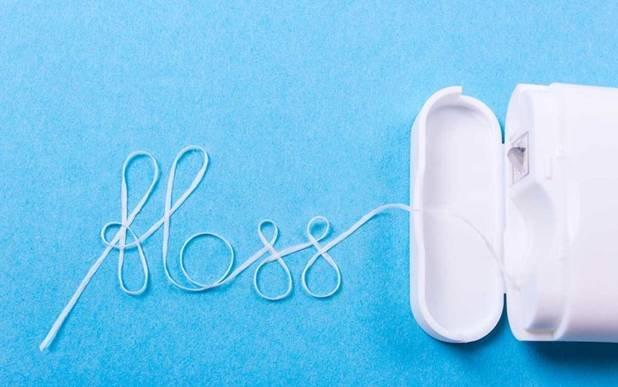
If you’ve sat through any dental cleaning, then you know flossing is an integral part of the whole process. This process works to remove unwanted debris from tooth surfaces that cannot be reached by traditional brushing. It is thus, important to be aware of the technique of flossing and the kinds of dental floss available.
Technique of Flossing
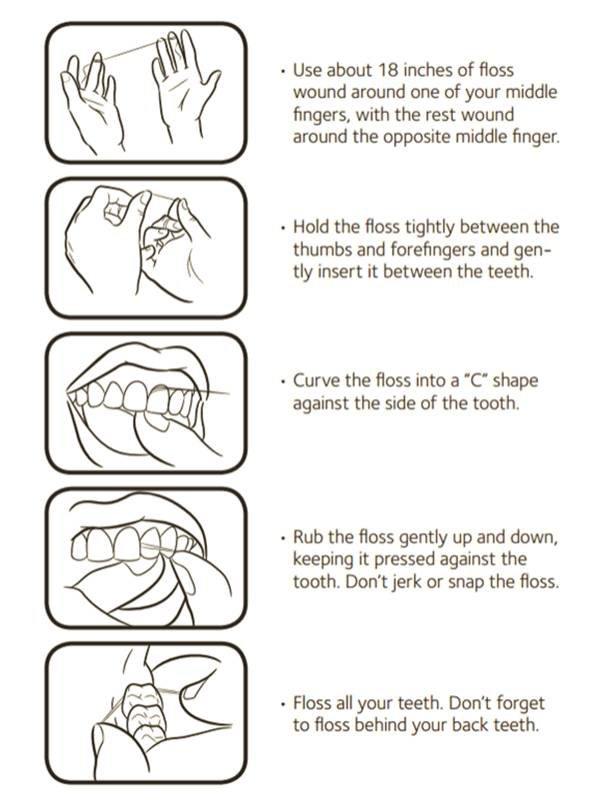
Type of Floss
There are various dental floss types and here’s how to choose the one that is right for your oral health care needs.
Unwaxed Floss
Unwaxed floss is one of the most common types of floss that is used. It’s constructed of a nylon material that is crafted by twisting multiple strands together. Unwaxed floss comes with no artificial flavouring, which means that this type of floss is free from chemicals.
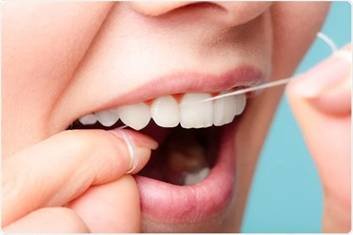
This floss is perfect for those who have small gaps in between their teeth as unwaxed floss is much thinner than other types of dental floss. However, due to the nature of its construction, unwaxed floss is more prone to shredding and breaking than other types of floss.
Waxed Floss
Waxed floss is constructed very similarly to unwaxed floss with the addition of a waxed layer applied to the floss. This waxed layer allows the floss to be stronger so that it doesn’t shred or break on the user. In addition, it allows the floss to glide better between teeth than unwaxed floss.
Due to the added layer of wax to this type of dental floss, it’s thicker than unwaxed floss. This makes it more difficult to get into small gaps. The waxy nature of the floss also makes it harder to grip for the average user.
Super Floss
Super floss is a speciality type of floss that is designed for those with bridges, braces, and wide teeth gaps. It has three main components. These are regular floss, spongy floss, and a stiff end threader. With the threader, the user can easily maneuver the floss under bridges and other dental fixtures for a thorough cleaning.
Due to the construction of super floss, it’s not the best option for those with small teeth gaps. The threader is very unlikely to weave through the gap to be any bit effective at removing loose debris from the teeth.
Water Flosser
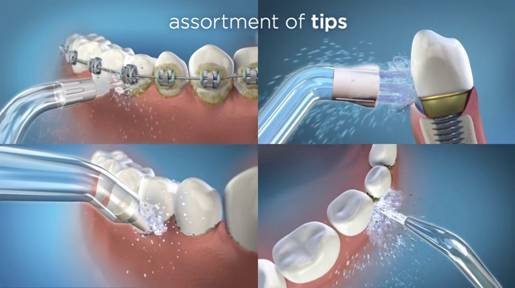
For all good reasons, a water flosser is becoming very popular. It is readily affordable, easy to use and effective.
Floss Pick
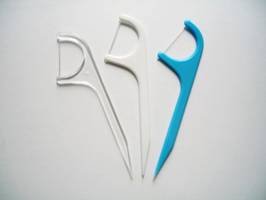
Floss picks are great for people on the go. They are small plastic tools with a short piece of floss attached to their end – perfect to carry with you on a busy day. They are also good for teaching kids or adults who have difficulty using a piece of regular floss, how to floss.
As you can see, there are many different dental flosses on the market that you can choose from. Understanding the pros and cons of each type and consulting your dentist for the same, can allow you to select the right floss to fit your dental needs.
INTERDENTAL BRUSH
Did you know that a toothbrush can only reach 60% of the tooth surfaces? Dental plaque also builds up in between your teeth where a toothbrush can not reach. It is good to use an interdental brush as part of your daily cleaning routine to prevent gum inflammation, cavities, and bad breath.

An interdental brush is a small brush (resembling a mini bottle brush) specially designed to clean between your teeth, where a regular toothbrush does not reach. Daily use of an interdental brush in addition to regular tooth brushing, is an easy and efficient way to keep your gums and teeth fresh and healthy. It can also be useful in cleaning around dental implants and orthodontic appliances.
How to use Interdental Brushes
Choose the right size
For the best result, it is important to choose an interdental brush of the right size. Often, you need more than one brush size and your oral health professional can help to select the correct brush size or sizes for you.
Use your interdental brush once a day, preferably in the evening and in front of the mirror. Move the brush gently back and forth a few times in each interdental space.
How do I use the interdental brush?
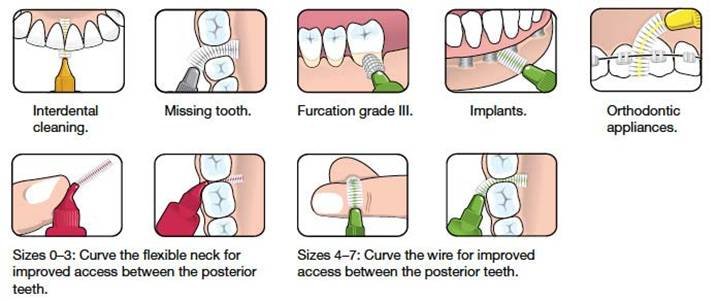
- Choose the right size
- Insert gently between the space of two teeth
- Move the brush back and forth in each space
- Change the size and curve the neck when needed
- Change the brush when the filaments become worn
GUM PAINT / GUM MASSAGE
Even if you brush and floss your teeth regularly, you may not realize that you can keep your mouth healthy by adding additional steps to your at-home oral hygiene routine. You could consider adding gum massage to your oral care routine to improve or protect your gum health.
Benefits of Gum Massage
When performed correctly, gum massage increases blood flow to your gum tissue. The oxygen in the blood can help fight gum disease and improve overall gum health.
When performed regularly, gum massage can thicken the outer layer of gum (known as epithelium). The gum epithelium also protects your gums from bacterial infections more effectively.
As a bonus, when you apply gentle pressure while massaging your gums, it could also help dislodge any soft food debris not properly removed from the gum tissue while brushing and flossing.
Gum Massaging Technique
If you don’t want to purchase a special gum massage tool, then you can simply massage your gums with your fingers. To perform gum massage with your fingers, take your clean index finger and hold it firmly against your gum tissue. Then, move the tip of your finger in a circular motion while sliding it along your gum line for about ten minutes.
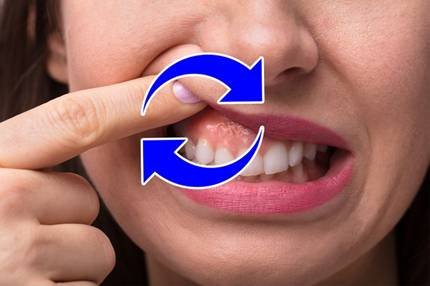
You can help your finger move more smoothly against your gum tissue and even help kill additional bacteria in your gums with plant oil, such as olive, coconut, or sesame oil. Place the oil on the finger you use to massage your gums.
A study revealed that massaging your gums with one of these oils for 10 minutes each day after brushing, then waiting for at least one half-hour before eating or drinking, helped lower bad bacteria counts in gum tissue just as much as massaging gums with a potent antibacterial gel called chlorhexidine.
Whether you currently suffer from gum disease or simply want to take all steps you can to preserve the current good health of your gums, add gum massage to your daily dental health routine. Gum massage can help improve your gum health in just 10 minutes or less each day.












